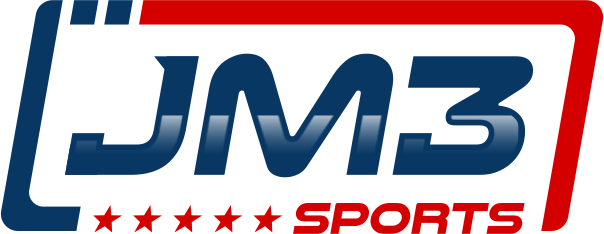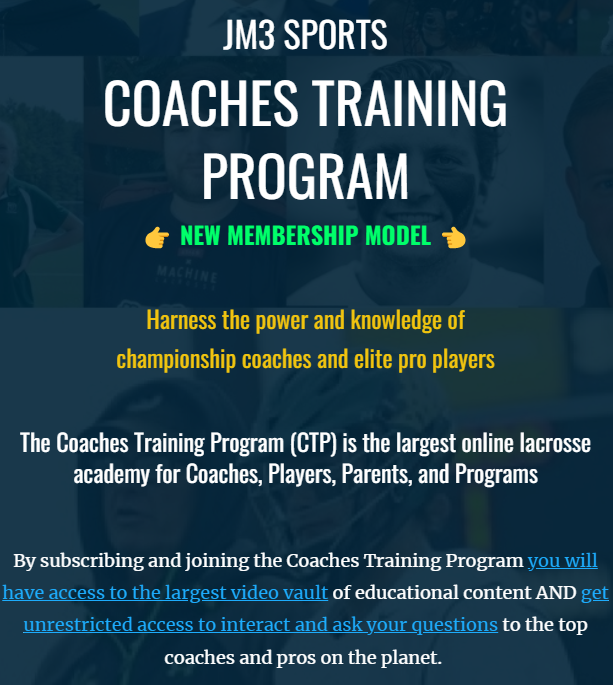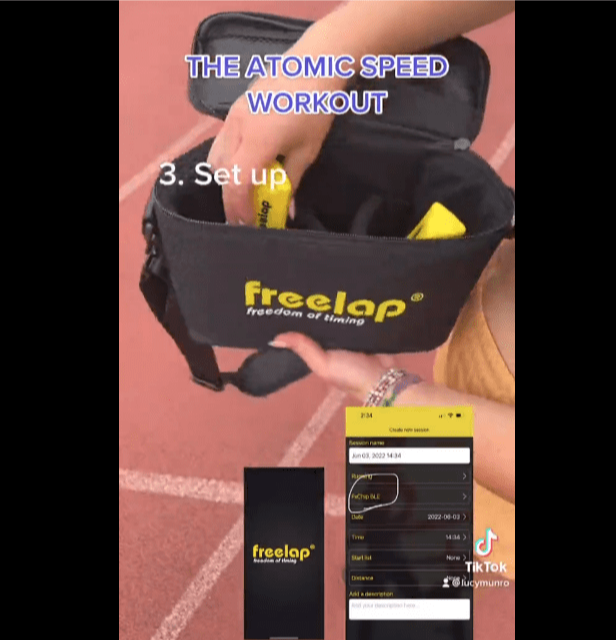A Lacrosse Weekend 12.3.22
Welcome to "A Lacrosse Weekend" my weekly compilation of thoughts, ideas, stories, myths, truths, about the great game of lacrosse. I hope you enjoy it!
If you are a men's or women's lacrosse player, coach, or parent, I think you will love the weekly content, videos, and analysis.
Inside the 8 Podcast
Colleen Magarity and I had a great conversation to start a new season of the Inside The 8 Podcasts! We are excited to host as many amazing guests on the show as possible as we approach lacrosse season! This podcast is fun conversation about Colleen's journey as a coach and how she is constantly learning and evolving.
Big news!!!!! Colleen is a new mom and we kick off the conversation talking about baby Gavin!
Another exciting update is that Colleen is joining JM3 Sports both to work with JM3 Athletes as well as to work with coaches in the Women's Lacrosse Coaches Training Program. Colleen will help create and curate content, host the Virtual Lacrosse Summit, conduct office hours with WCTP subscribers as well as do consulting with coaches on zoom calls.
We spent a lot of time talking about the Principles Based Offense and how Colleen has been integrating these concepts into her high school and club team, why 2man game has higher offensive efficiencies than 1v1 dodging, as well as detail on the 7 principles:
- Possession: Shot selection, feed selection, handling pressure
- Passing: assisted shots score at a higher percentage than unassisted shots, the value of ball movement, swinging the ball and capitalizing on advantages
- Picking: simultaneous actions scale potential advantages while occupying players
- Creativity: the key to fueling advantages through unpredictability, deception, and finding new solutions
- Communication: the glue
- Spacing: keeping the middle open, 2man / 3man spacing, and setting up cuts and dodges to the middle
- Coverage Solutions: reading the defense and creating advantages allows the offense to punish the defense no matter the coverage.
Colleen has an extensive basketball background and we talk a lot about how that influence has helped her integrate these concepts into her offense.
As a 3x national champion and an All-American defender at Northwestern, Colleen is passionate about defense and shares with us her philosophies on defense in both club lacrosse and high school lacrosse.
Finally, we finish up with a chat about college lacrosse recruiting and what 24's, 25's, and 26's should be focusing on over the next 6 months!
Click here to listen to the Inside The 8 Podcast!
Listen to more of the Phi-Lacrosse-ophy Podcast with Jamie Munro >>> www.PHILACROSSEOPHY.com <<<

The Power Of Pop outs
I created this video for the JM3 Attack / Midfield Academy four years ago and recently went back and rewatched! Every player and coach of men's and women's lacrosse should check it out! The Pop Out Move is unquestionably one of the most important and under utilized concepts in the game. Think about it: a pop out is a move away from the net which not only creates separation, but forces your man into an approach! And we know, approaches are the toughest aspect of 1v1 defense! Obviously, in order for this move to be consistently effective, the dodger must be in shooting or feeding range where ball pressure is critical, but this move can be used any where on the field including in the clearing game when under pressure. Pop outs can be done with either footwork or physicality, are greatly accentuated with the addition of fakes and hitches, and create new angles to attack when your man seems to have you locked up. Below is a list of the moves discussed in this video:
- Z Dodges
- Belly Out
- Questionmark
- Fade shot
- Step Back
- Re-dodges: MJ Move, Open up re-dodge,
- DBR = Dodge, bounce, re-dodge
- Staircase dodging
- Trip Move: this is one of the applications of pop outs that is very rare, but insanely effective
BE SURE TO SUBSCRIBE TO THE YOUTUBE CHANNEL! We have been uploading a ton of content that will help you shift to the next gear.
CLICK [HERE] to SUBSCRIBE TO OUR YOUTUBE CHANNEL
We are in the process of ramping up the content on our JM3 YouTube Channel with videos, webinars, breakdowns, training clips, men's lacrosse, women's lacrosse, box lacrosse, podcasts and more! Over the past five years, I have produced endless instructional lacrosse content and now I'm going into the JM3 archives and sharing some of my all time favorite stuff! Hopefully this will give you a thirst for more! Please note that the YouTube content is the tip of the iceberg. I literally have 15,000 videos on my Vimeo and am creating new ideas, new drills, new games, and advancing new concepts on a weekly basis. Please subscribe to the channel and if you want more, become a subscriber to the CTP!
Get prepared for your 2023 season by subscribing to the JM3 Coaches Training Program. This program is ideal for coaches at any level but also for players. If you are a coach or player looking to learn the systems and skills other coaches and players are using to see next level advances the Coaches Training Program is the place. Invest in yourself and invest in your team.
Go to JM3Coaches.com and see all the membership levels available. There is a membership for everyone. To your success.
Fast Break Defense
I can't tell you how many times I watch HS lacrosse films and the close defensemen don't play smart fast break defense. The video below is a simple and important breakdown for every youth or high school defender to learn how to play fast break defense. The fact is, sloppy or unsound fast break defense results in easy goals. In this video you will learn the details of all three sport in fast break defense, how to get a trailing midfielder in to help, as well as a fun yet effective wrinkle in your fast break defense!
- Playing The Point
- Low Right
- Low left
- Getting a midfielder to the point
- Reverse break
To be clear, not playing sound fast break defense, for example not being set, picking up the ball too far out, sliding up field, not recognizing the personnel coming down the field or not communicating with your midfielders is inexcusable.
One time I asked Notre Dame Head Coach Kevin Corrigan, "How can you tell if a player isn't a smart player or if he's just been coached poorly?"
Coach Corrigan replied, "It's a distinction without a difference."
Whether you're a coach or a player, trying to win games or get recruited, the concepts in fast break defense of slow playing the ball, buying time, trying not to give up easy shots, and playing together are critical.
The Most Important Skill
JM3 SPORTS uses the FreeLap speed timing system with our Athletes along with Tony Hollers Atomic Speed Workout and the results are phenomenal!
Start seeing speed gains in weeks! Get your FreeLap speed timer >>>CLICK HERE <<<
If you want to get Tony Holler's Speed Training for Lacrosse go to this link >>> CLICK HERE <<<
Getting the Most Out of Your FreeLap Timing System >>> CLICK HERE <<<




